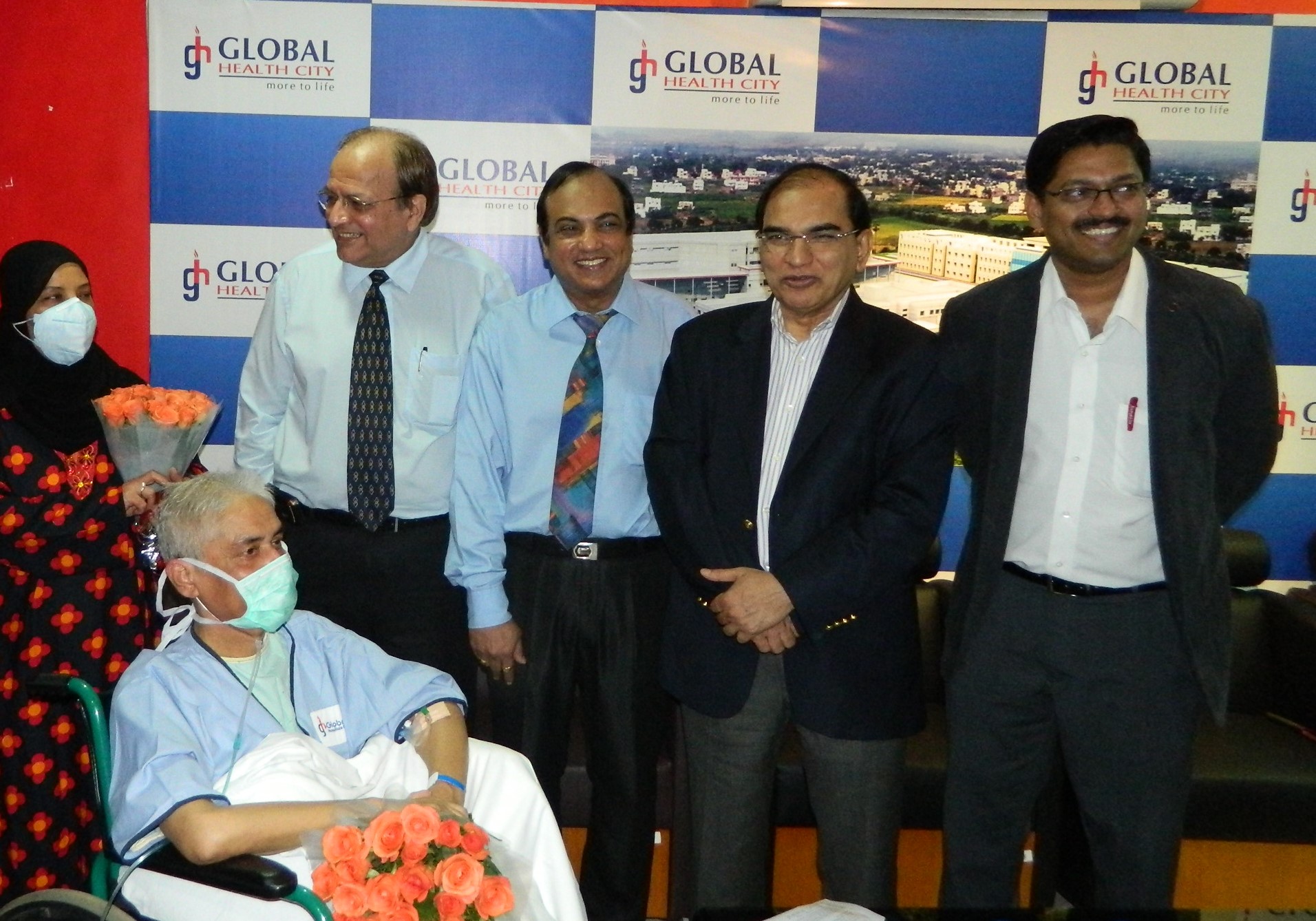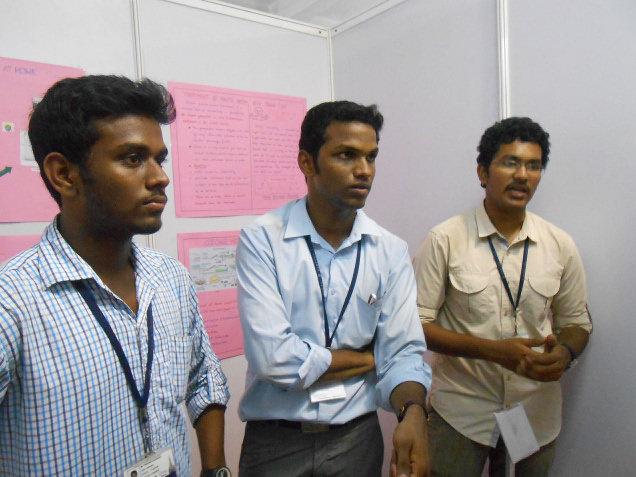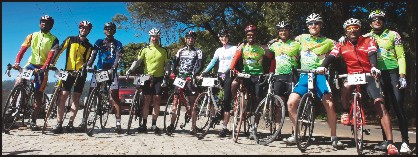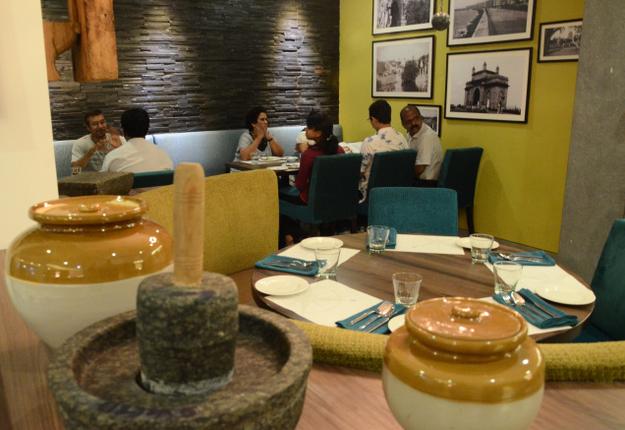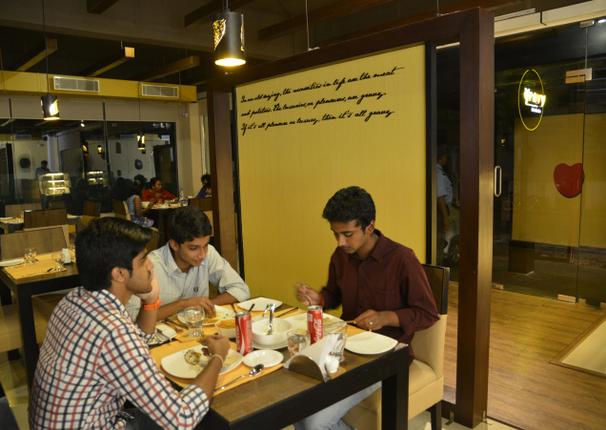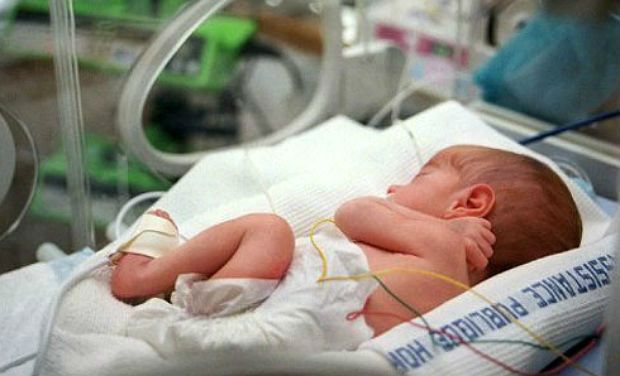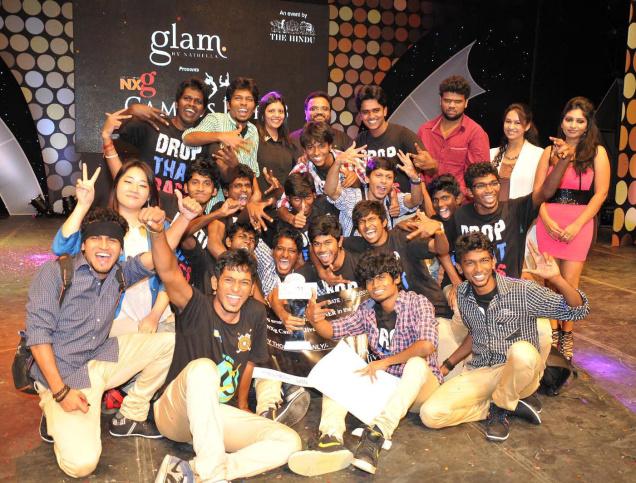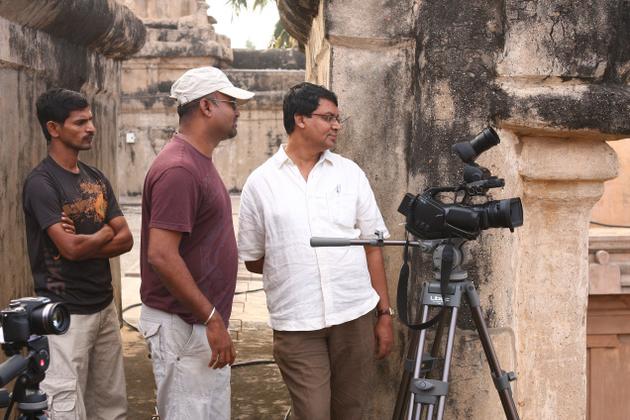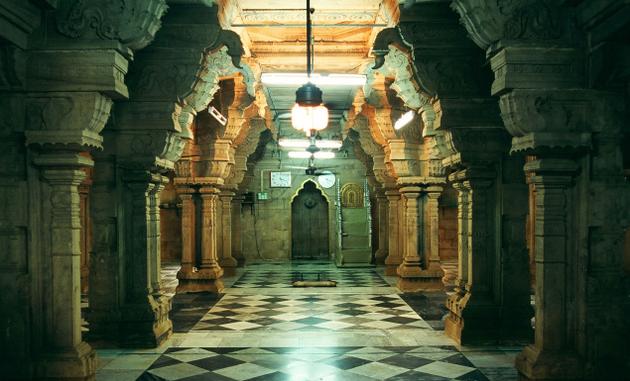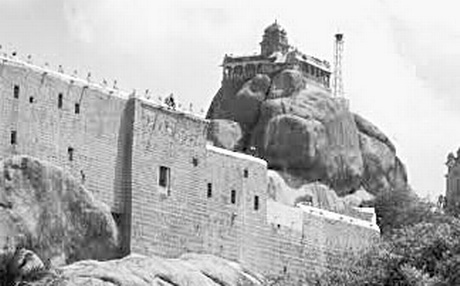— Minimal Access Transplant procedure provides immense patient benefits
— Recipients recover faster due to reduced pain and risk of infections
The Lung Transplant Surgeons at Global Health City, Chennai, part of Global Hospitals Group, performed successfully India’s First successful Minimal Access Transplant for Lung on a 61 year recipient. On 24th November 2013, Mr. Raja Babu Shah underwent the minimal access transplant procedure, bringing smiles on the face of his wife and their three kids. Mr. Raja Babu Shah, was diagnosed to have Idiopathic Pulmonary Fibrosis several years ago. It is a progressive interstitial lung disease and shows poor response to maximal medical management. So he was on the waiting list for Lung Transplantation under the Cadaver Transplantation Program of Tamil Nadu since July 2013. He has been confined to bed and wheelchair for more than a year now.
On November 24, a suitable donor became available at Christian Medical College (CMC) Vellore. So Mr. Raja was offered a Lung Transplantation, which would give him a near normal life without oxygen. This was a Minimally Invasive Lung Transplantation.
The surgical team was headed byDr. Jnanesh Thacker – Senior Consultant Cardiovascular and Thoracic Surgeon, Specialist in Heart and Lung Transplantation for Global Hospitals Group, and his team consisted of Dr. Nandkishore Kapadia, Dr. Vijil Rahulan, Dr. Govini Balasubramani, Dr. Manohar, Dr. Kalyan, Dr. Rajgopal & Dr. Sanjay Singh. Elated over the success of the country’s first Minimal Access Transplant procedure for lung, for the team at Global Health City, Chennai, it’s what they are committed to do every day, deliver their best to save lives, demonstrating exceptional clinical capabilities, innovation and deploy most advanced treatment, technology & utmost patient care.
“Raja Babu Shah is the recipient of India’s first recipient of Minimal Access Lung Transplant. He is also the oldest patient in India to receive a Lung Transplantation and his recuperation is going to be reduced with less pain due to Minimal Access method adopted” said Dr. Vijil Rahulan, Head of Department of Respiratory Medicine & Senior Consultant Pulmonologist, Global Health City.
Speaking to the media, Dr. Jnanesh Thacker iterated that “Based on clinical evaluations and considering the age of the patient, we knew this transplant surgery is going to be a litmus test. We got together as a team to discuss what we need to ensure for best clinical outcomes and after that the decision was made to take the road less travelled – Minimal access mode. We did a Minimal access anterio-axillary thoracotomy with an incision, 7 inches long, just below the nipple. We ensured that the internal mammary artery is preserved.”
Dr. Nandkishore Kapadia, Senior Consultant, Cardiovascular and Thoracic Surgeon, Global Health City added saying “This was like a time bound mission shown in the movies, with the cadaver lung retrieval done at CMC Vellore, transported to Global Health City, Chennai, within a time span of 105 minutes, followed immediately by a four- hour recipient surgery”
Speaking on this occasion, Dr. Ravindranath – Chairman & Managing Director, Global Hospitals Group applauded the Transplantation Team’s effort in saving the life of this patient with a novel attempt helping faster recovery. He also stated “I was pleased to know that the patient was off the ventilator on the next day and he walked inside his room on the third post operative day.”
Referring to the two patients who had received successful Lung Transplantation the previous year, Dr. Ravindranath said ‘I am also extremely happy to meet Ms. Hanan Hasan & Ms. Fatima,both from Bahrain. As a foremost Transplant center & the largest lung transplant program in the country, we are pleased to have successfully completed our 10th lung transplant at Global Health City, Chennai with this Minimal access thoracotomy incision.
GLOBAL HEALTH CITY
Global Health City, Chennai is a 500 bedded super specialty tertiary care facility, with a capacity to expand to 1000 beds. It renders 360 degree advanced tertiary healthcare services as a foremost premier tertiary care super specialty health city that performs the most complex transplant procedures for liver, heart, lung, kidneys and one of the most advanced organ specific cancer care programme. With the finest combination of expertise, experience, state-of-the art technology and well coordinated team work, every step is aimed at ensuring excellence in patient care.
source: http://www.moneylife.in / MoneyLife.in / Home / by Business Wire India / Chennai, TamilNadu – November 29th, 2013
